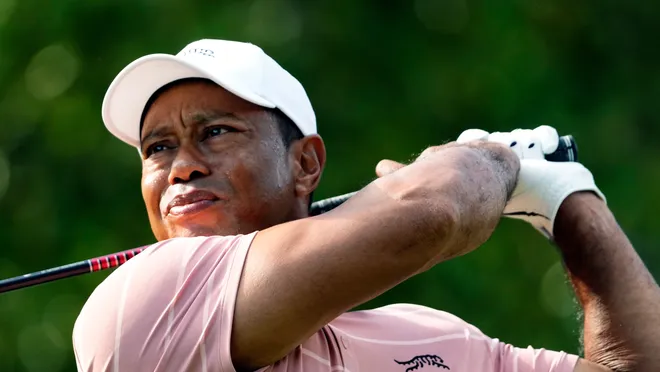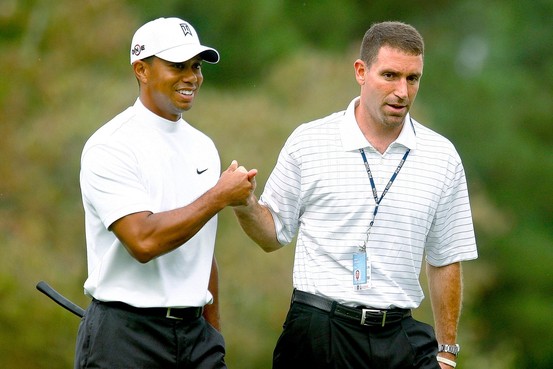Tiger Woods will receive up to $100 million in equity payouts for remaining loyal to the PGA Tour.
Tiger Woods to earn a $100 million equity incentive for remaining loyal to the PGA Tour.
Tiger Woods will receive an email today from Sawgrass HQ alerting him that he will gain up to $100 million in equity for remaining loyal to the PGA Tour, while Rory McIlroy may benefit from $50 million for not joining LIV Golf.
Jay Monahan, the PGA Tour commissioner, will launch the highly anticipated personal messages. Strategic Sports Group, a consortium of US investors led by Liverpool FC owner Fenway Sports, invested $1.5 billion in PGA Tour Enterprises, the new for-profit company, three months ago.
Approximately two-thirds of that amount will be distributed as equity to 193 golfers, although with $750 million to be divided among the 36 superstars deemed most deserving by the circuit, the amounts will vary greatly.
It’s no surprise that Monahan and his management team have worked hard to keep the breakdown under wraps.
The Tour has already informed its members that a key aspect in determining who gets what is a metric known as career points, which, as the name implies, provides points for achievements on the Tour over the course of a player’s career.
Other considerations will include how they performed in the Player Impact Program, which was implemented three years ago primarily to combat the threat of the breakaway league.
The program rewards players who have had the greatest impact on the tour’s business—ttickets, sponsorships, media consumption, and fan engagement—aand have driven.
Woods has now received $35 million in PIP payments, while McIlroy, who won last year’s program, has earned $30.5 million.
Woods, with 82 Tour victories, will undoubtedly lead the overall standings, and insiders believe he might win up to two times more than any other player in the sliding-scale system.
Phil Mickelson would have finished second if he hadn’t defected to LIV—the rebels are obviously excluded—but the new entity and this scheme would almost certainly not have materialized if the Saudi-funded league hadn’t been formed, thanks in part to Mickelson’s role in the sporting Civil War.
With three FedEx Cup triumphs to his name—basically the PGA Tour money list—McIlroy will be Woods’ closest competitor, along with Jordan Spieth and Justin Thomas, who will be entitled roughly $30 million in stock.
Of course, with Jon Rahm receiving an upfront price of $450 million to defect late last year, all of these names would have received significantly more if they had accepted the Saudi offers. And this record payday does not imply money in the bank.
The recipients will be informed of the number of equity units they have been issued, as well as the fair market value at this time. They will be unable to cash in promptly and then create a “double bubble” by abruptly signing for LIV.
After four years, 50 percent of their equity will vest, followed by another 25 percent two years later and the remainder two years after that.
They will also be required to follow the rules, which include not decamping and completing the minimum qualifications for tour participation or, if not, delivering services such as sponsor meetings and media appearances.
The lucky three dozen will rub their hands, but the next 64 players will share $75 million in equity. The next tranche will see 57 players share $30 million, with another $75 million split among the 36 living superstars who have retired. In each group, career points will be the primary determinant.
Going forward, the Tour has vowed to distribute $100 million in equity each year, rewarding players like second-year phenom Ludvig Aberg who are rapidly accumulating career points.
Naturally, equity will rise despite the tour’s recent low TV ratings as the dilution of skill caused by the split takes its toll. Nobody expects it to fall.
And if the tour can reach an agreement with the Saudi Public Investment Fund during the continuing negotiations, the players anticipate their stocks will skyrocket.
If that remains uncertain, at least one thing is certain: the present generation of professionals will not go bankrupt very soon.




